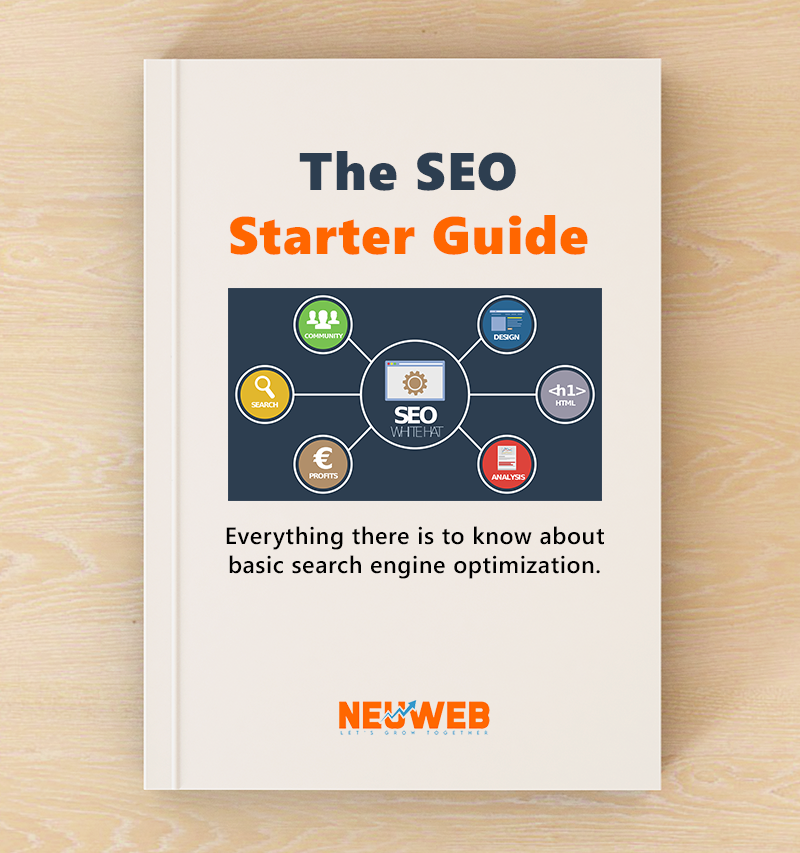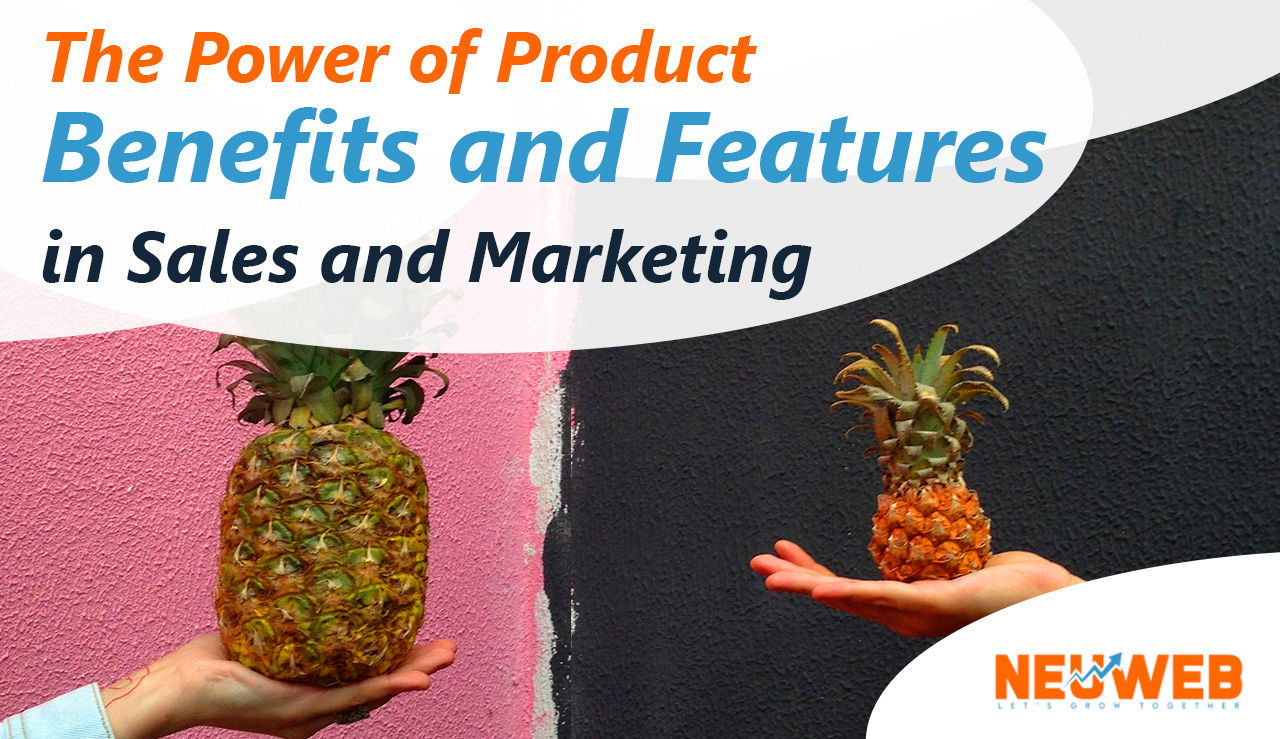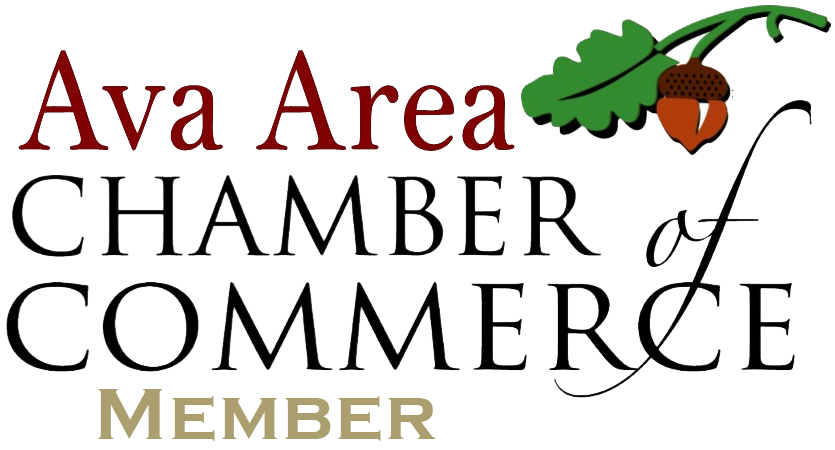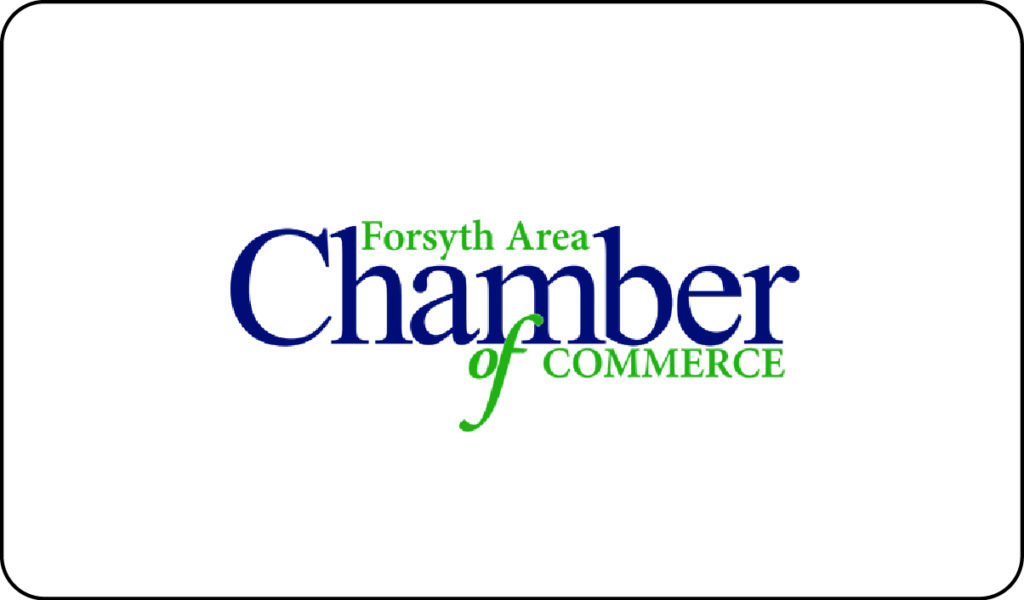The Power of Product Benefits and Features in Sales and Marketing
In the world of sales and marketing, understanding the distinction between product benefits and features can make all the difference in your success. These two elements are the building blocks of persuasive sales copy, and when wielded effectively, they can captivate your audience and drive sales through the roof. In this blog post, we’ll delve into what benefits and features are, why they are crucial to identify, how to discover and use them in your sales copy, the psychological effects of organizing them well, and when to strategically deploy benefits versus features as selling points.
Product Benefits vs. Features: What’s the Difference?
Let’s begin by defining our terms:
Features are the factual details about your product or service. These are the technical specifications, the components, the dimensions, and all the tangible aspects that make up your offering. Features are what your product or service is, in a nutshell.
Benefits, on the other hand, are the positive outcomes or results that customers gain from using your product or service. Benefits are about how your product or service improves the lives or solves the problems of your customers.
Imagine you’re selling a high-end smartphone. The features might include a quad-camera system, a Snapdragon processor, and a 6.5-inch AMOLED screen. But the benefits could be capturing stunning photos, lightning-fast performance, and a visually immersive experience that keeps you connected to what matters most. Benefits address the “What’s in it for me?” question that every customer asks.
Why Identifying Benefits and Features is Crucial
So, why is it vital to identify both benefits and features in your product or service?
- Clear Communication: Identifying features and benefits allows you to communicate your offering’s value more clearly. Customers need to understand what your product does and, more importantly, how it will enhance their lives.
- Differentiation: In a competitive market, highlighting the unique features and benefits of your product can set you apart from the competition. It’s a way of saying, “Here’s what makes us special.”
- Emotional Connection: Benefits tap into the emotional needs and desires of your customers. By showcasing how your product will improve their lives, you’re more likely to create an emotional connection with your audience.
- Problem Solving: Benefits address specific problems or pain points that your customers face. When you emphasize how your product can solve these problems, you become a solution provider, not just a seller.
Discovering Benefits and Features
Now that you understand the importance of identifying benefits and features, let’s explore how to discover them:
- Customer Research: Start by understanding your target audience. Conduct surveys, and interviews, or use social media listening tools to gather insights into their needs, desires, and pain points.
- Product Analysis: Thoroughly examine your product or service. Create a list of all its features, no matter how minor they may seem.
- Feature-to-Benefit Mapping: Now, for each feature, ask yourself, “What’s the benefit of this feature?” This exercise will help you uncover the hidden gems that can be turned into compelling selling points.
- Competitor Analysis: Analyze your competitors’ offerings. Identify their features and benefits, and look for gaps or areas where your product excels.
The Psychological Effect of Organizing Product Benefits and Features
The way you organize and present benefits and features in your sales copy can have a profound psychological impact on your potential buyers. Here’s how:
- Prioritization: Lead with the most significant benefits. This grabs the reader’s attention and hooks them emotionally. Once you’ve captured their interest, you can delve into the supporting features.
- Storytelling: Weave benefits and features into a narrative. People love stories, and a well-told story can make your product come to life. Show your customers how your product can be the hero in their story.
- Visual Hierarchy: Use formatting and design to highlight benefits. Bold headings, bullet points, and visuals can draw the reader’s eye to the most critical information.
Product Benefits vs. Features: When to Use Each in Selling Points
Knowing when to emphasize benefits over features (and vice versa) is essential for effective sales and marketing. Here’s a guide to help you make the right choice:
Use Benefits When:
- Emotion Matters: When your product or service has a strong emotional appeal, focus on benefits. For example, cosmetics and luxury items often evoke strong emotions in buyers.
- Solving Pain Points: If your product effectively addresses a specific problem or pain point, lead with the corresponding benefits. Show your customers how their lives will improve.
- Targeting a Non-Technical Audience: If your audience lacks technical expertise, emphasizing benefits simplifies the decision-making process.
Use Features When:
- Technical Expertise Matters: If your audience consists of tech-savvy individuals who appreciate the nitty-gritty details, highlighting features is essential.
- Competitive Edge: When your product has unique technical specifications or features that set it apart from the competition, make it a focal point.
- Educational Content: In cases where your audience seeks in-depth information, providing a detailed list of features can be a valuable resource.
In conclusion, mastering the art of identifying and effectively using product benefits and features can transform your sales and marketing efforts. When presented in a compelling and organized manner, they can connect with your audience on a deep, emotional level, driving them to choose your offering over others. So, don’t just sell features; sell the benefits, the outcomes, and the solutions your customers crave.

Explore Our Services
Connect With Us
Connect With Our Marketing Geniuses
Ready to elevate your marketing efforts? At NeuWeb, we’re here to help you achieve your business goals through innovative marketing solutions. Whether you have questions, need a consultation, or want to discuss your specific needs, our team is ready to assist. Complete the form, and we’ll get in touch with you shortly.
GET IN TOUCH








